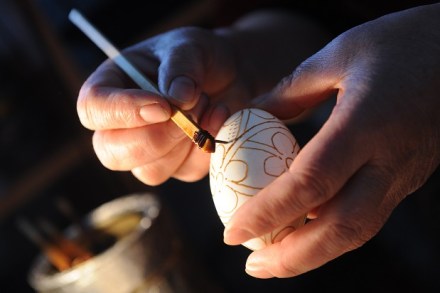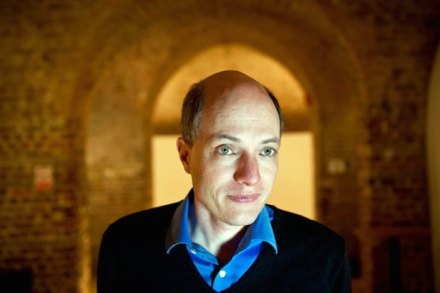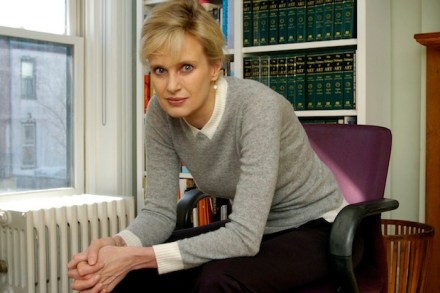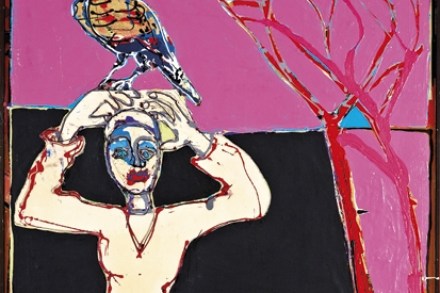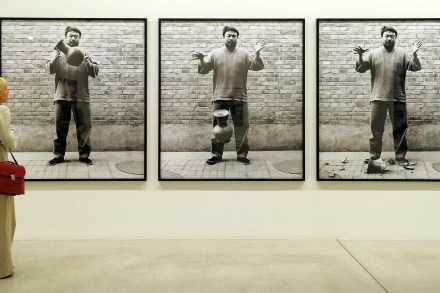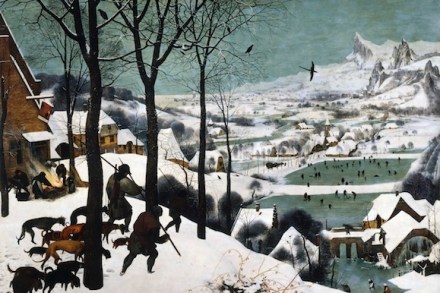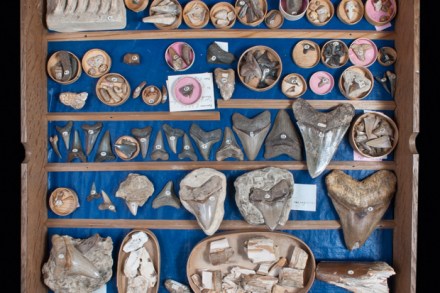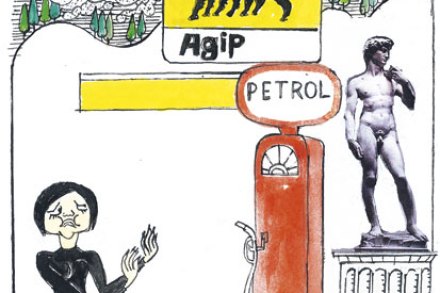Eggcellent openings in Westminster
Westminster City Council is advertising the role (offered by the Westminster Adult Education Service) of tutor in ‘Ukrainian egg decoration’ – at £25 an hour. Anyone who thinks that the job would be a walk in the Royal Parks should think again. The advert says: ‘As well as being enthusiastic and motivated you need to have a teaching qualification (minimum PTTLS)’. Mr S better put his tiny ornate paintbrush away. He would have applied for the equally well remunerated ‘hula-hooper’ tutor too, were it not for the equally restrictive qualification barrier. Tristram Hunt must be so proud that teaching qualifications are being taken so seriously.
